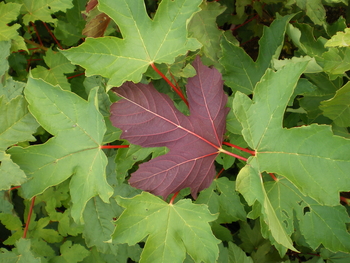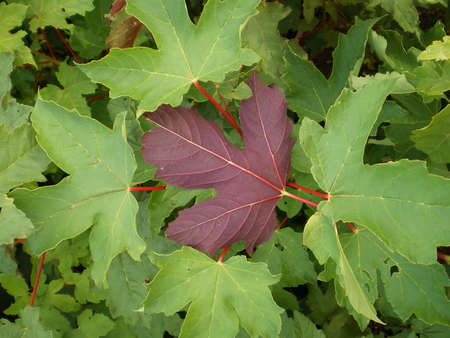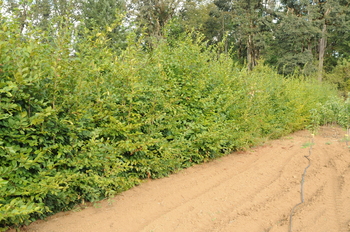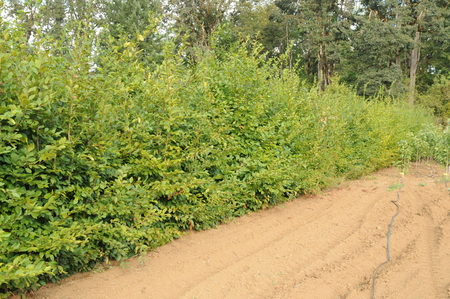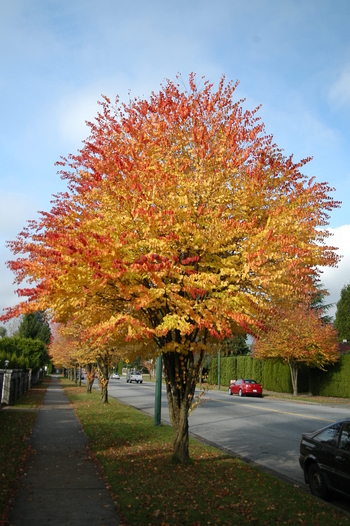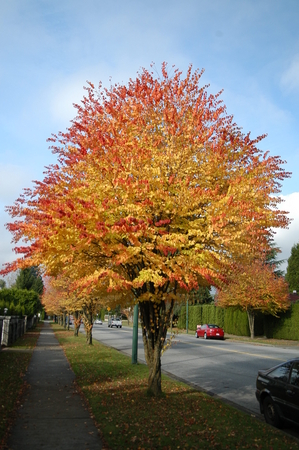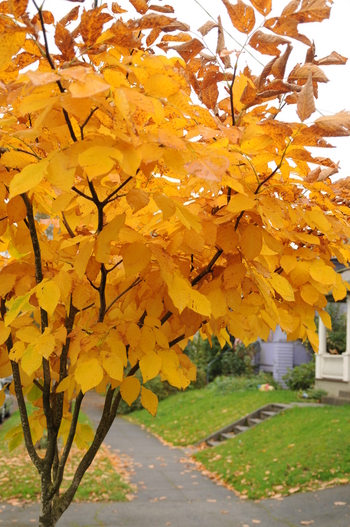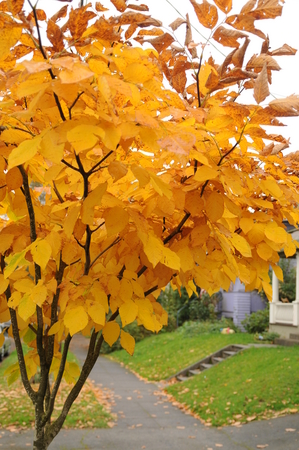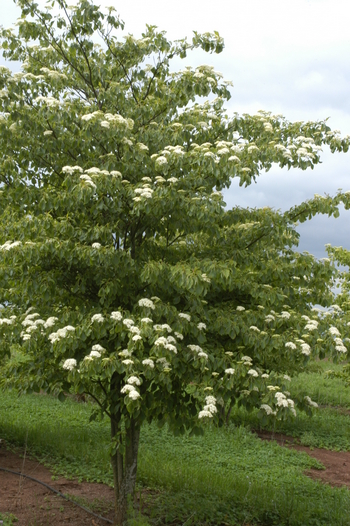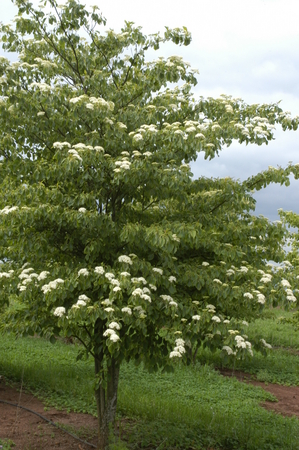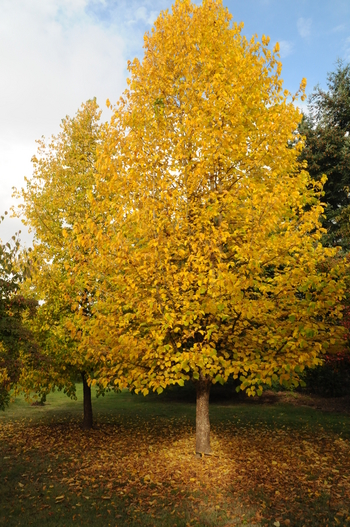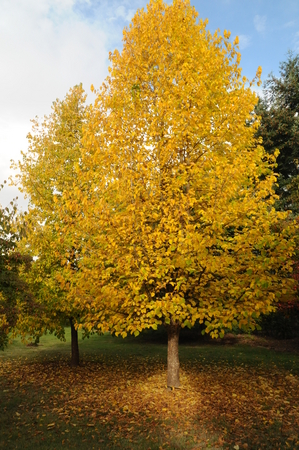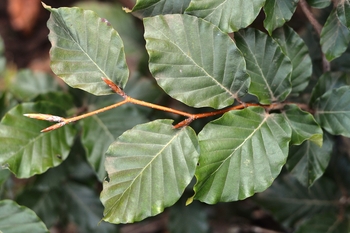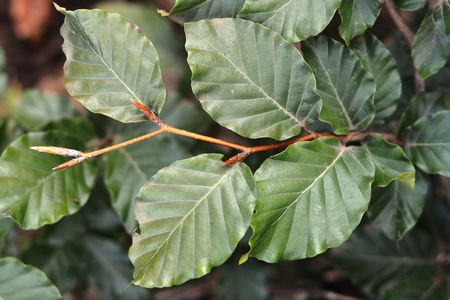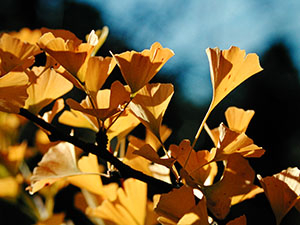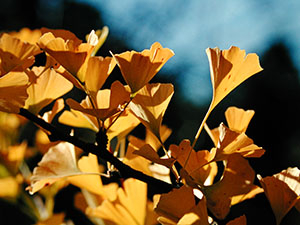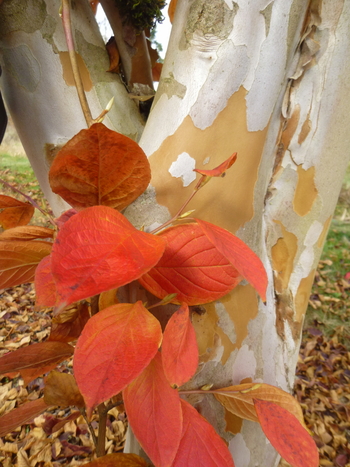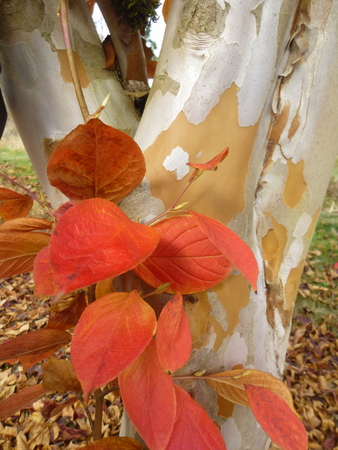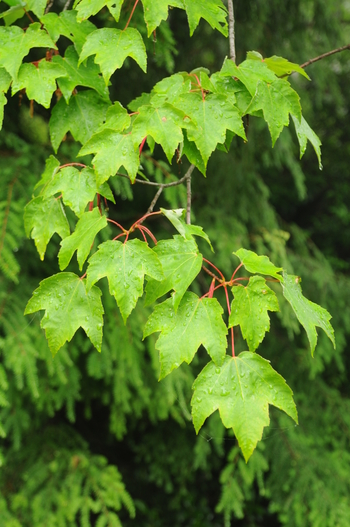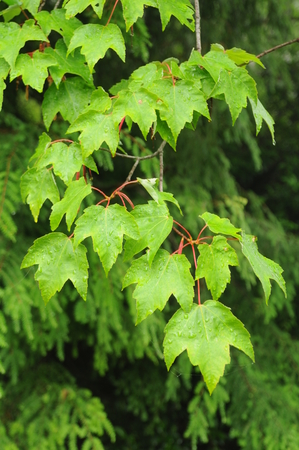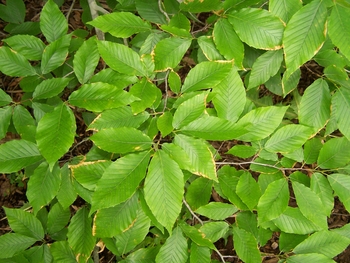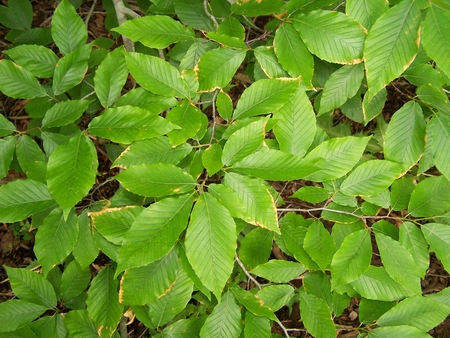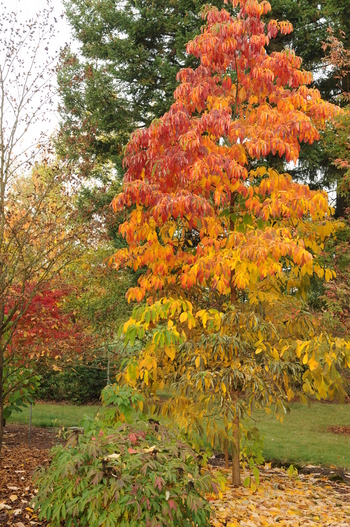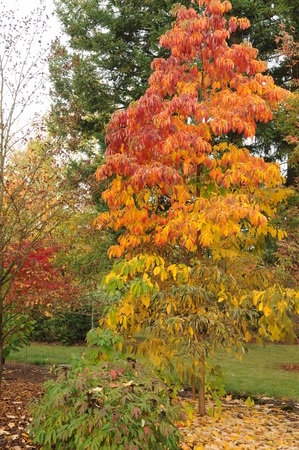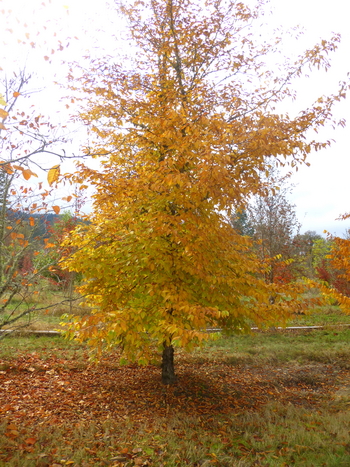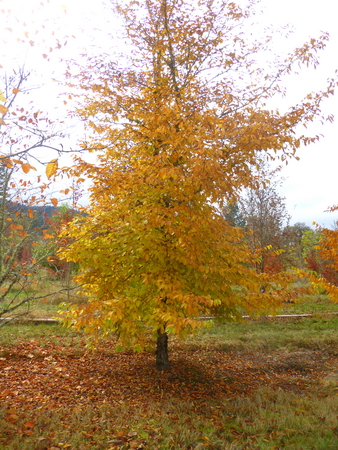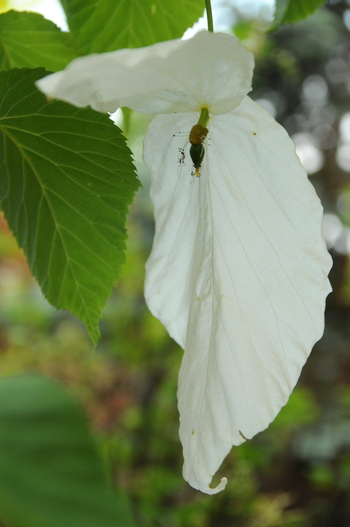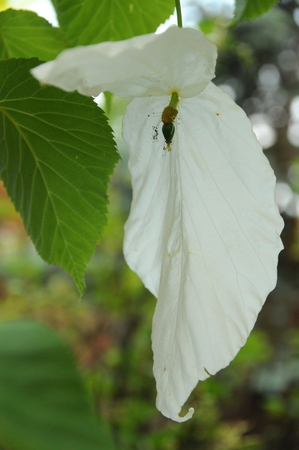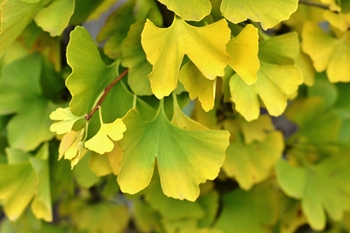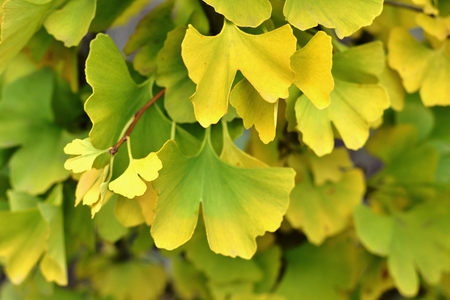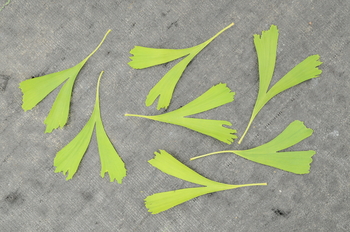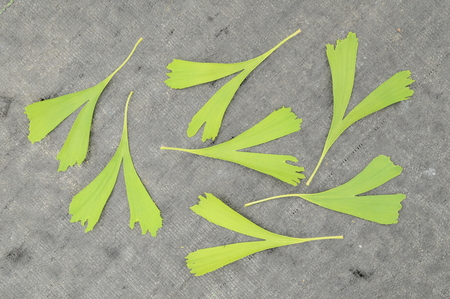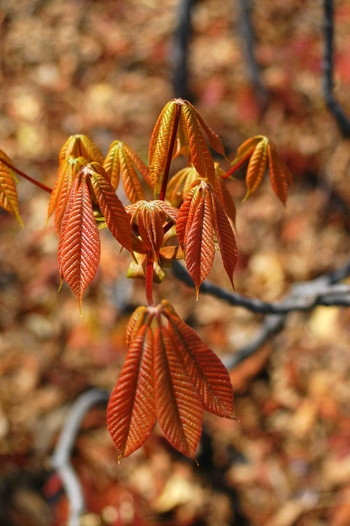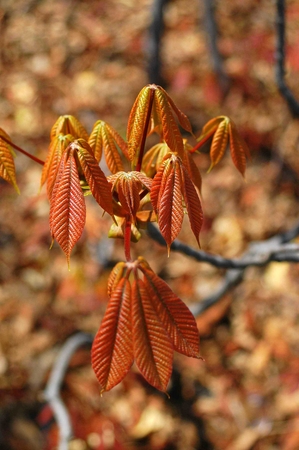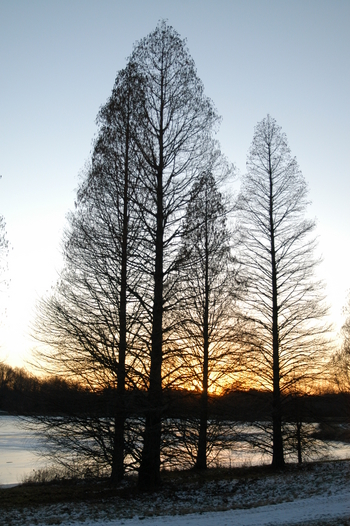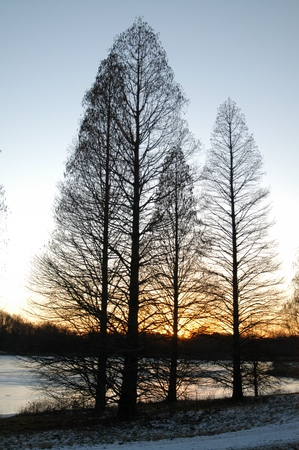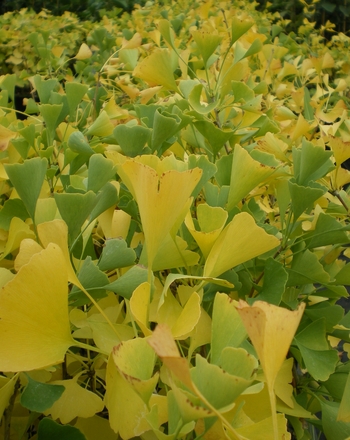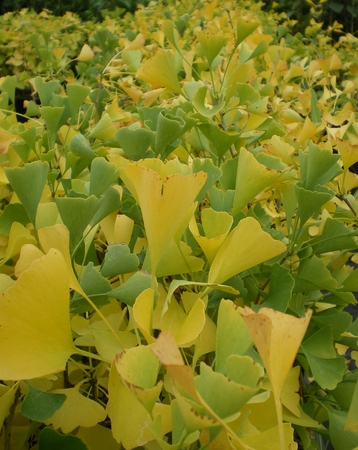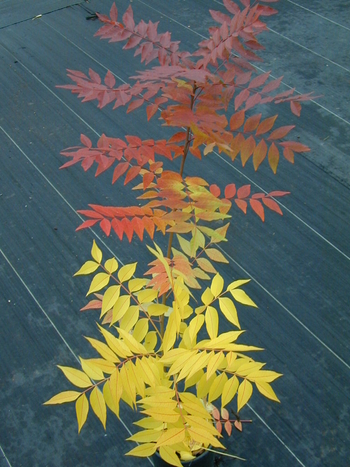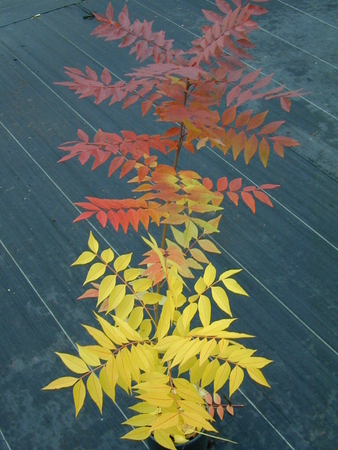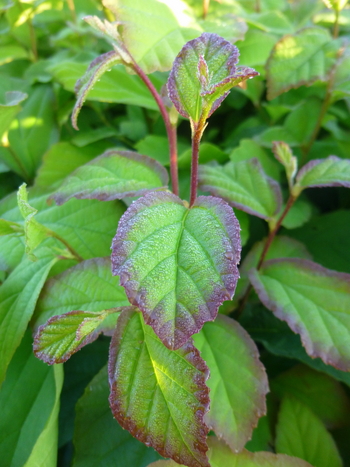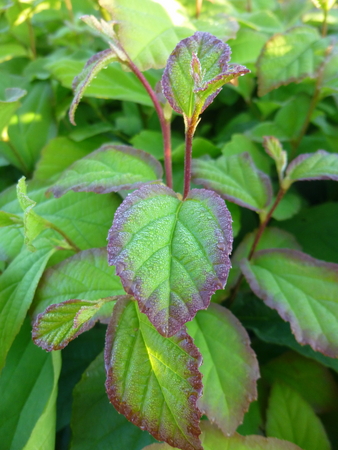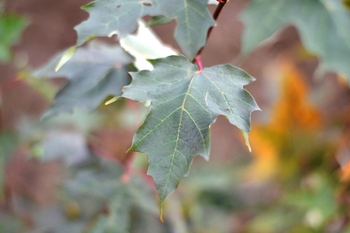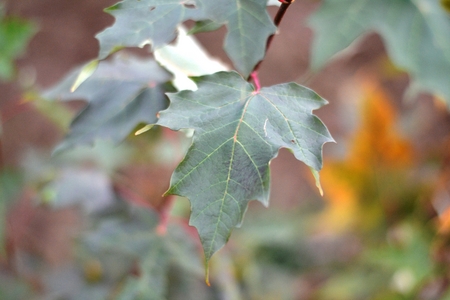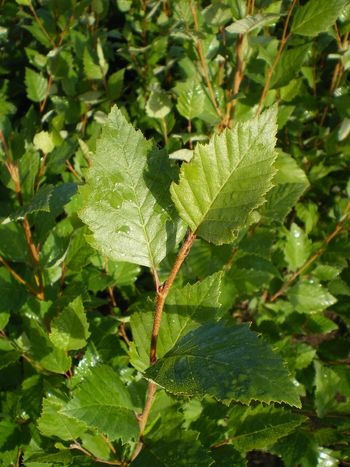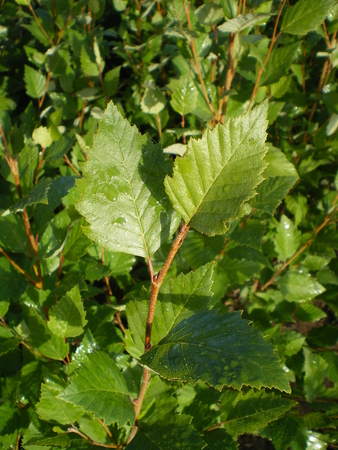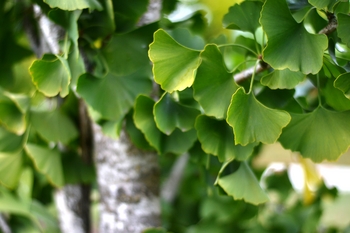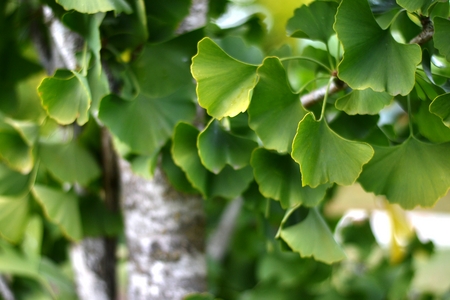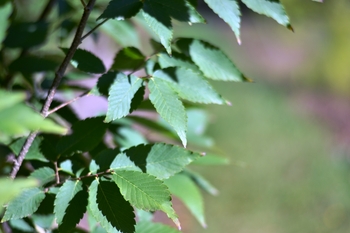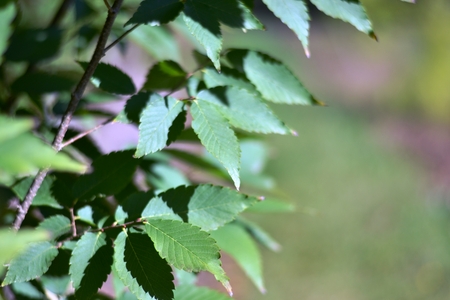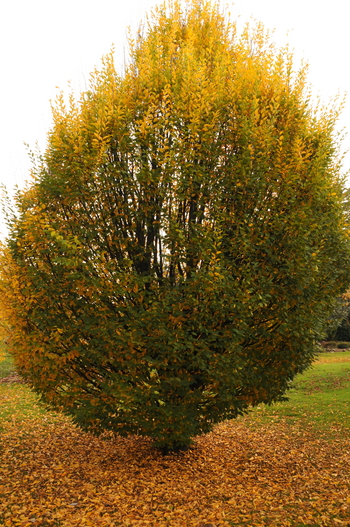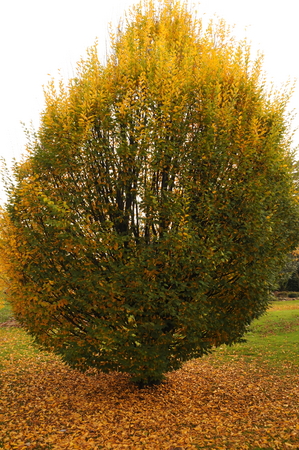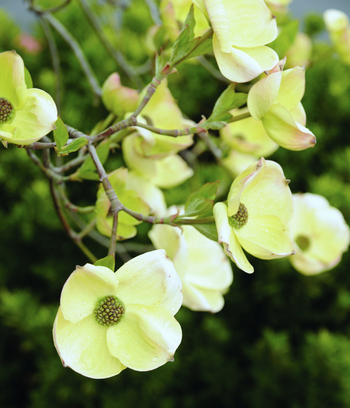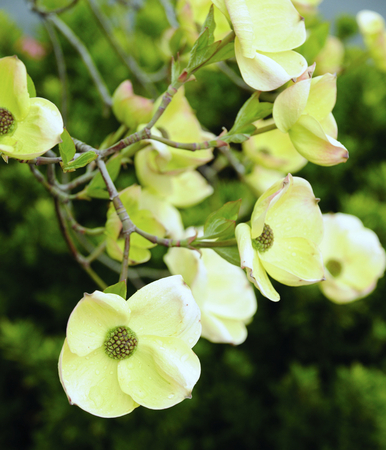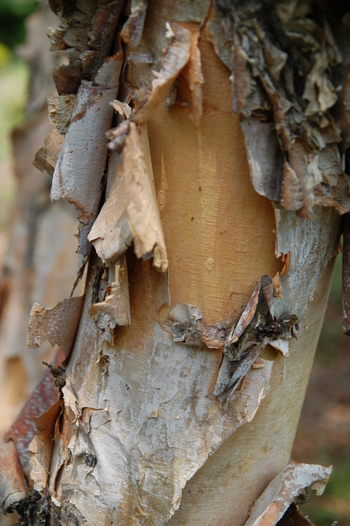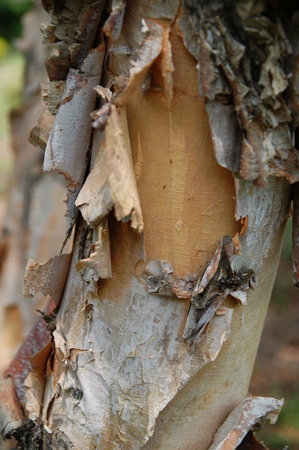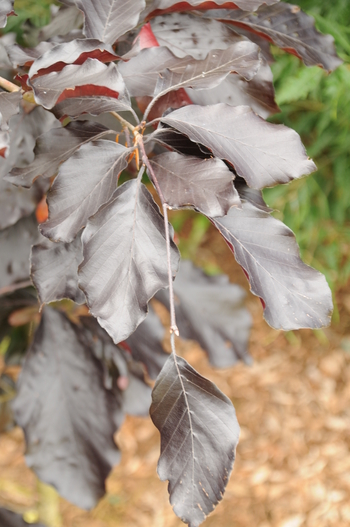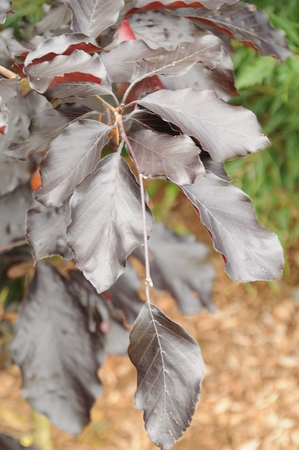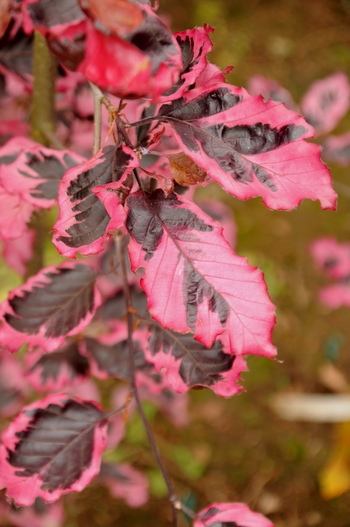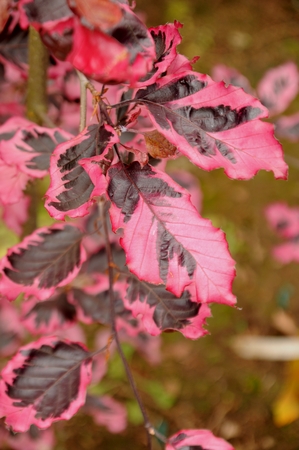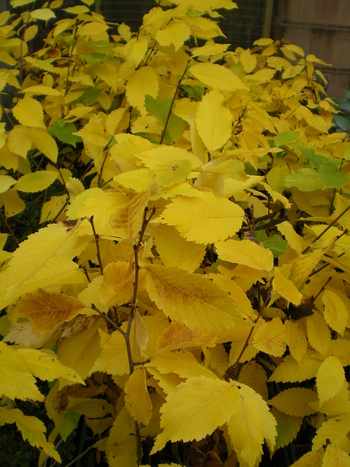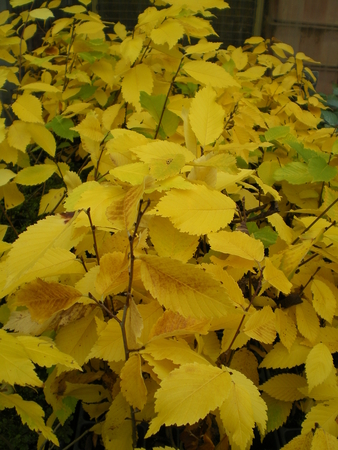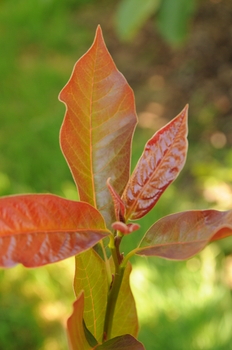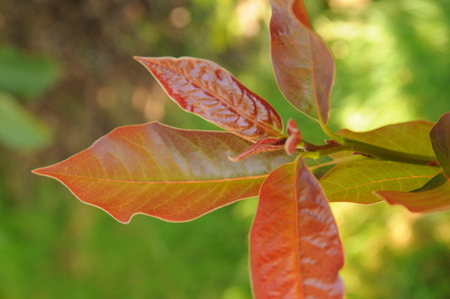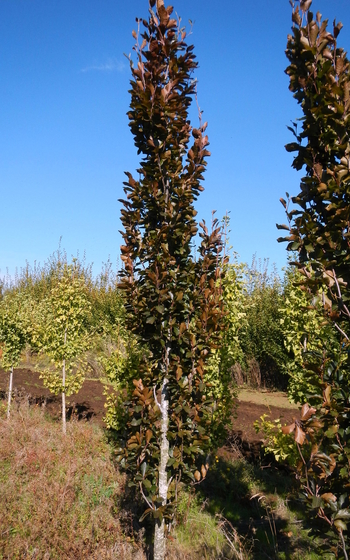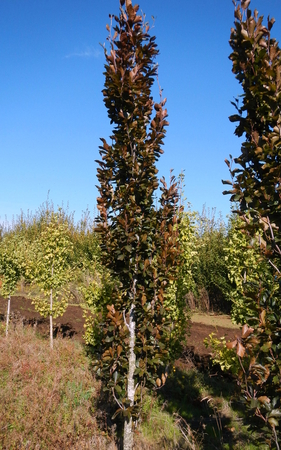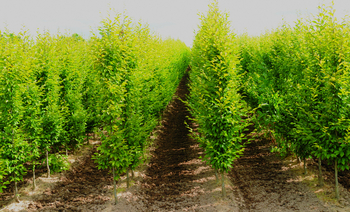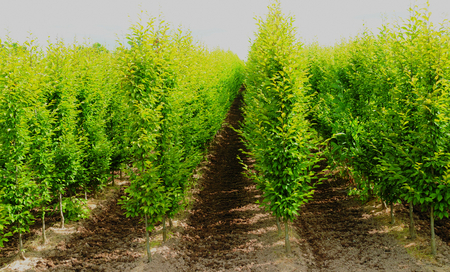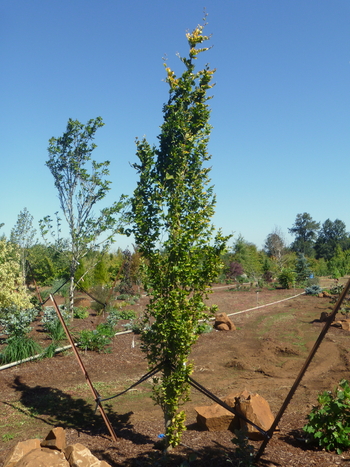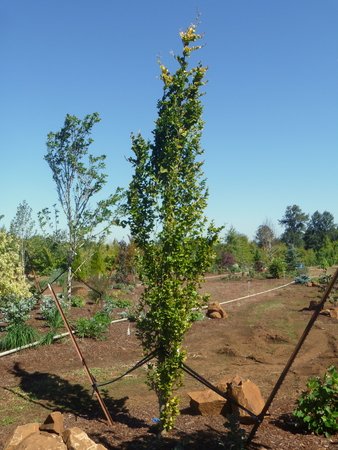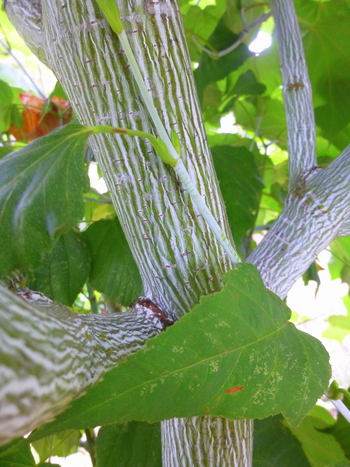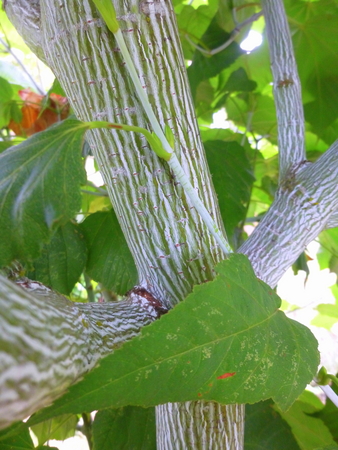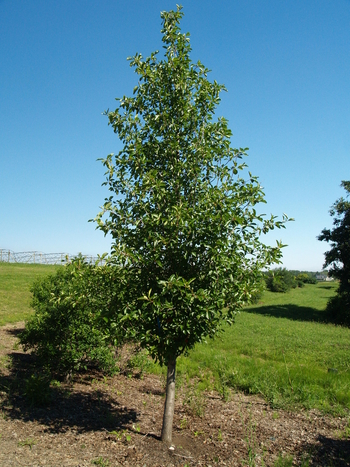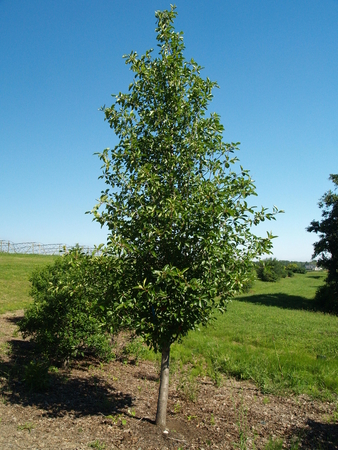Narrow Your Search
Height 30-40
Diospyros virginiana
American Persimmon
American Persimmon
Acer pseudoplatanus
Sycamore Maple
Sycamore Maple
Carpinus betulus
European Hornbeam
European Hornbeam
Cercidiphyllum japonicum
Katsuratree
Katsuratree
Cladrastis kentukea
American Yellowwood
American Yellowwood
Cornus controversa
Giant Dogwood
Giant Dogwood
Corylus colurna
Turkish Hazel Tree
Turkish Hazel Tree
Fagus sylvatica
European Beech
European Beech
Ginkgo biloba
Ginkgo
Ginkgo
Stewartia pseudocamellia
Japanese Stewartia
Japanese Stewartia
Zelkova serrata
Japanese Zelkova
Japanese Zelkova
Acer rubrum
Red Maple
Red Maple
Fagus grandifolia
American Beech
American Beech
Sassafras albidum
Sassafras
Sassafras
Ostrya virginiana
Ironwood, Eastern Hophornbeam
Ironwood, Eastern Hophornbeam
Davidia involucrata
Dove Tree, Handkerchief Tree
Dove Tree, Handkerchief Tree
Ginkgo biloba 'Magyar'
Magyar Ginkgo
Magyar Ginkgo
Ginkgo biloba 'Saratoga'
Saratoga Ginkgo
Saratoga Ginkgo
Aesculus glabra
Ohio Buckeye
Ohio Buckeye
Taxodium distichum Shawnee Brave� 'Mickleson'
Shawnee Brave� Baldcypress
Shawnee Brave� Baldcypress
Ginkgo biloba 'Autumn Gold'
Autumn Gold Ginkgo
Autumn Gold Ginkgo
Pistacia chinensis
Chinese Pistache
Chinese Pistache
Parrotia persica
Persian Ironwood/Parrotia
Persian Ironwood/Parrotia
Acer saccharum
Sugar Maple
Sugar Maple
Betula nigra Dura-Heat� 'BNMTF'
Dura-Heat� River Birch
Dura-Heat� River Birch
Ginkgo biloba 'Princeton Sentry'�
Princeton Sentry� Ginkgo
Princeton Sentry� Ginkgo
Zelkova serrata 'Village Green'�
Village Green� Zelkova
Village Green� Zelkova
Carpinus betulus 'Fastigiata'
Pyramidal European Hornbeam
Pyramidal European Hornbeam
Cornus nuttallii
Pacific Dogwood
Pacific Dogwood
Betula nigra Heritage� 'Cully'
Heritage� River Birch
Heritage� River Birch
Fagus sylvatica 'Riversii'
Riversii Purple European Beech
Riversii Purple European Beech
Fagus sylvatica 'Roseomarginata'
Tri-color European Beech
Tri-color European Beech
Quercus ilex
Holm Oak, Holly Oak
Holm Oak, Holly Oak
Ulmus americana 'Princeton'
Princeton American Elm
Princeton American Elm
Nyssa sylvatica 'Wildfire'
Wildfire Blackgum
Wildfire Blackgum
Fagus sylvatica 'Dawyck Purple'
Dawyck Purple European Beech
Dawyck Purple European Beech
Carpinus betulus 'Frans Fontaine'
Frans Fontaine European Hornbeam
Frans Fontaine European Hornbeam
Fagus sylvatica 'Dawyck Gold'
Dawyck Golden European Beech
Dawyck Golden European Beech
Acer tegmentosum 'Joe Witt'
Joe Witt Manchu Striped Maple
Joe Witt Manchu Striped Maple
Betula utilis var. jacquemontii
Jacquemontii birch
Jacquemontii birch
Quercus x warei 'Birthday Candle'
Birthday Candle Oak
Birthday Candle Oak
Quercus x warei 'Chimney Fire'
Chimney Fire Oak
Chimney Fire Oak
Quercus x warei 'Windcandle'
Windcandle Oak
Windcandle Oak
Betula nigra Northern Tribute� 'Dickinson'
Northern Tribute� River Birch
Northern Tribute� River Birch
Nyssa sylvatica Green Gable� 'NSUHH'
Green Gable� Black Gum
Green Gable� Black Gum
Nyssa sylvatica Tupelo Tower� 'WFH1'
Tupelo Tower� Blackgum
Tupelo Tower� Blackgum


